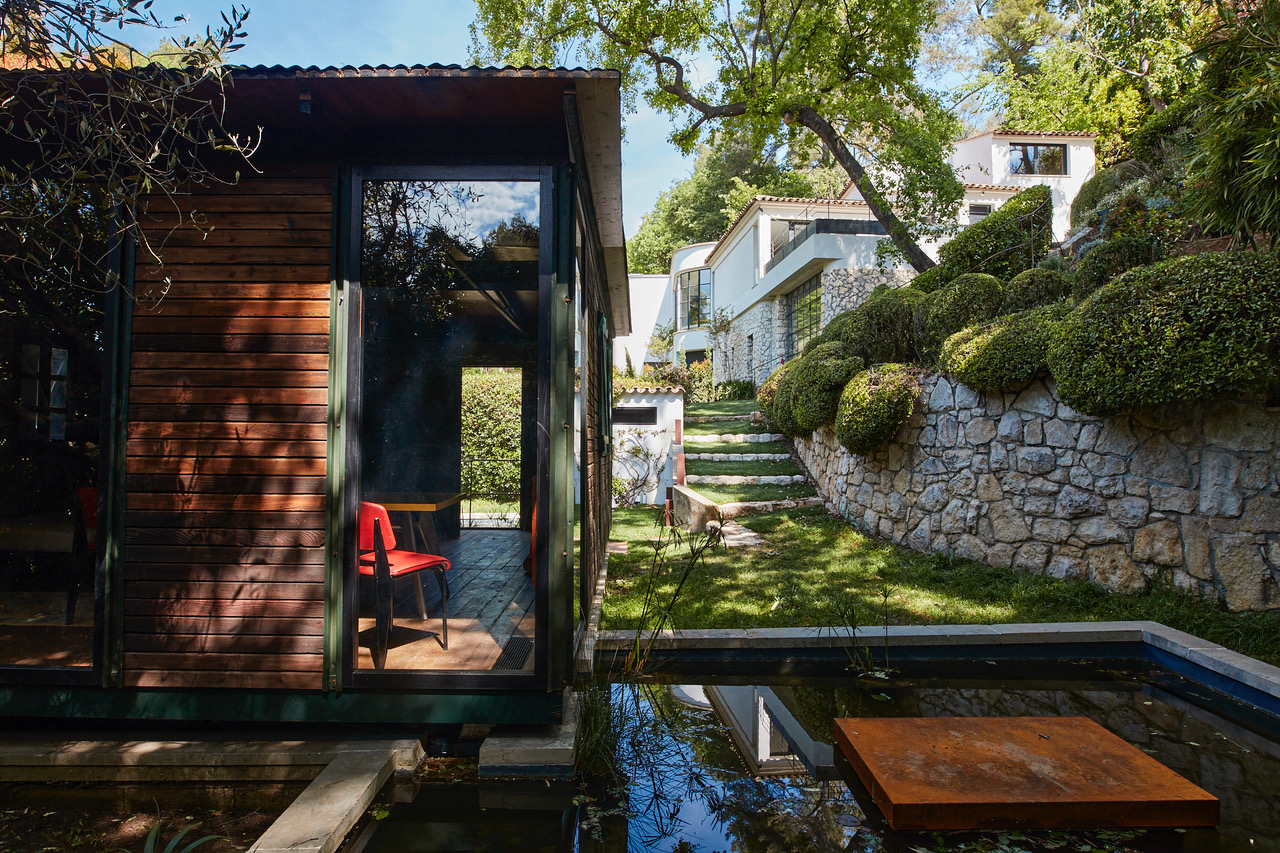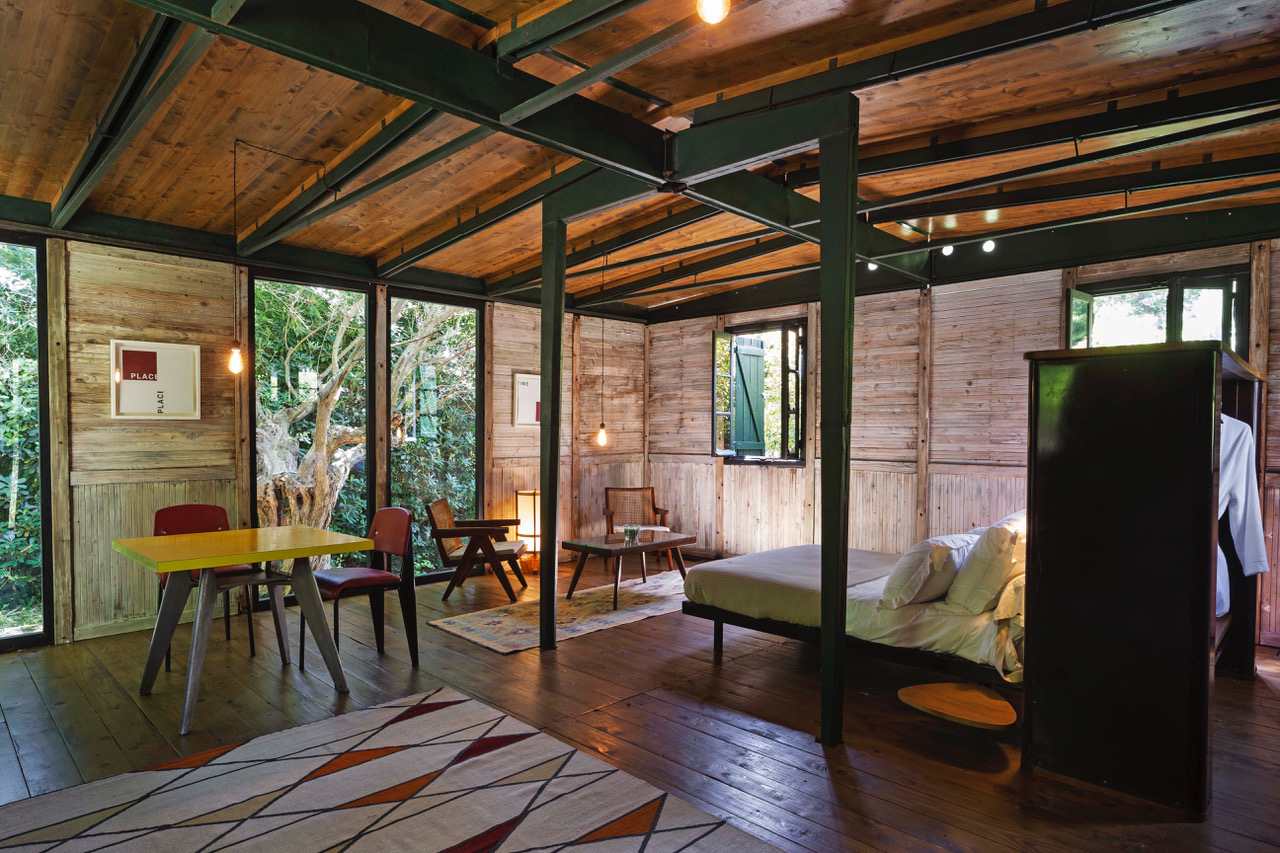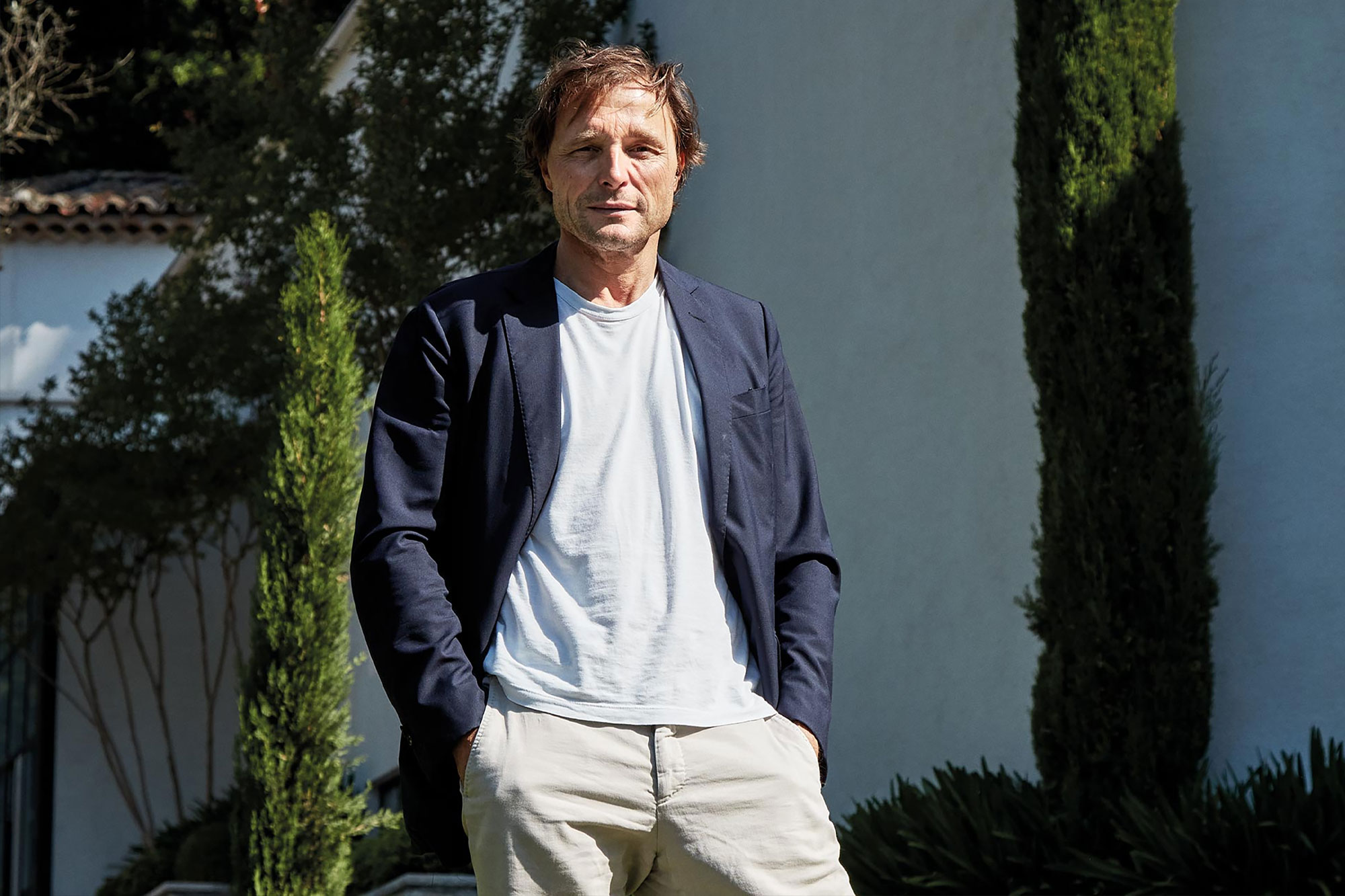
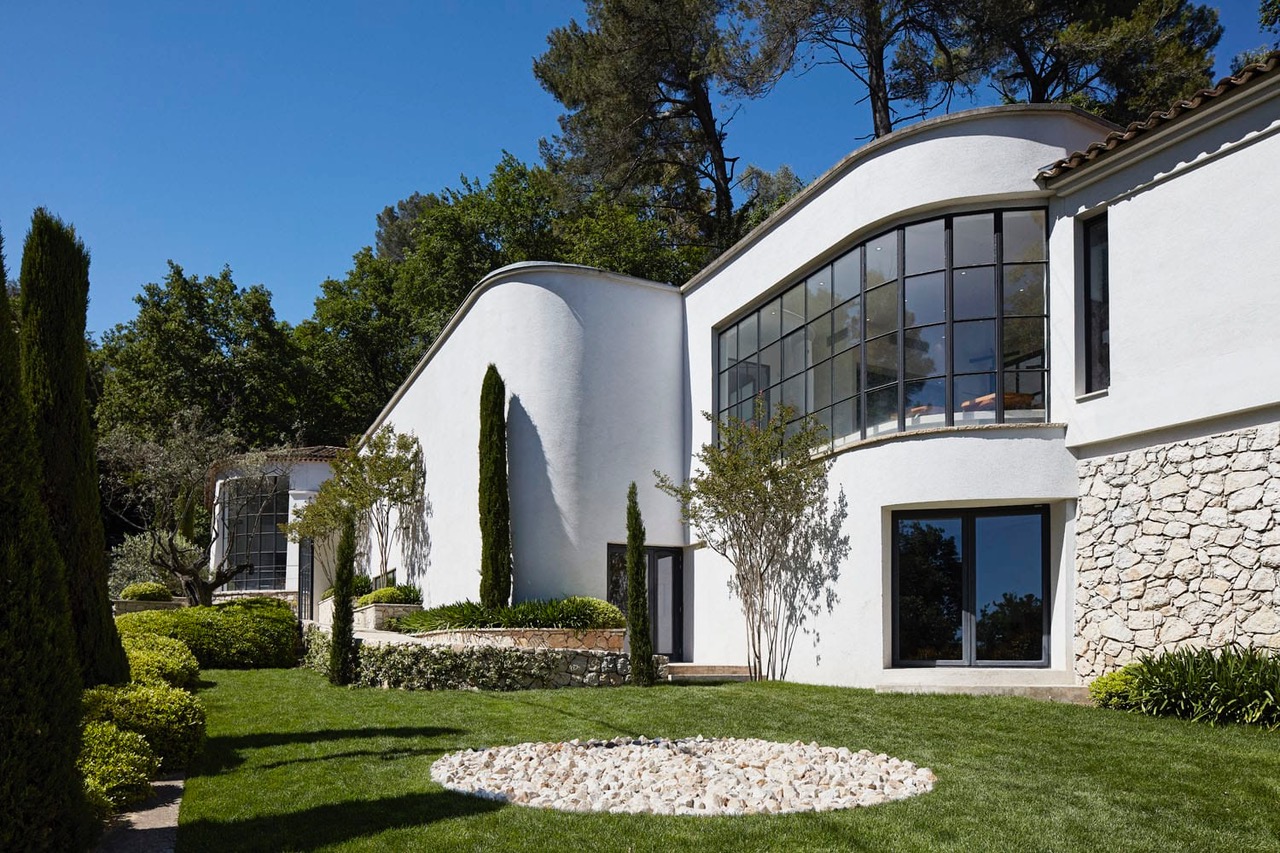
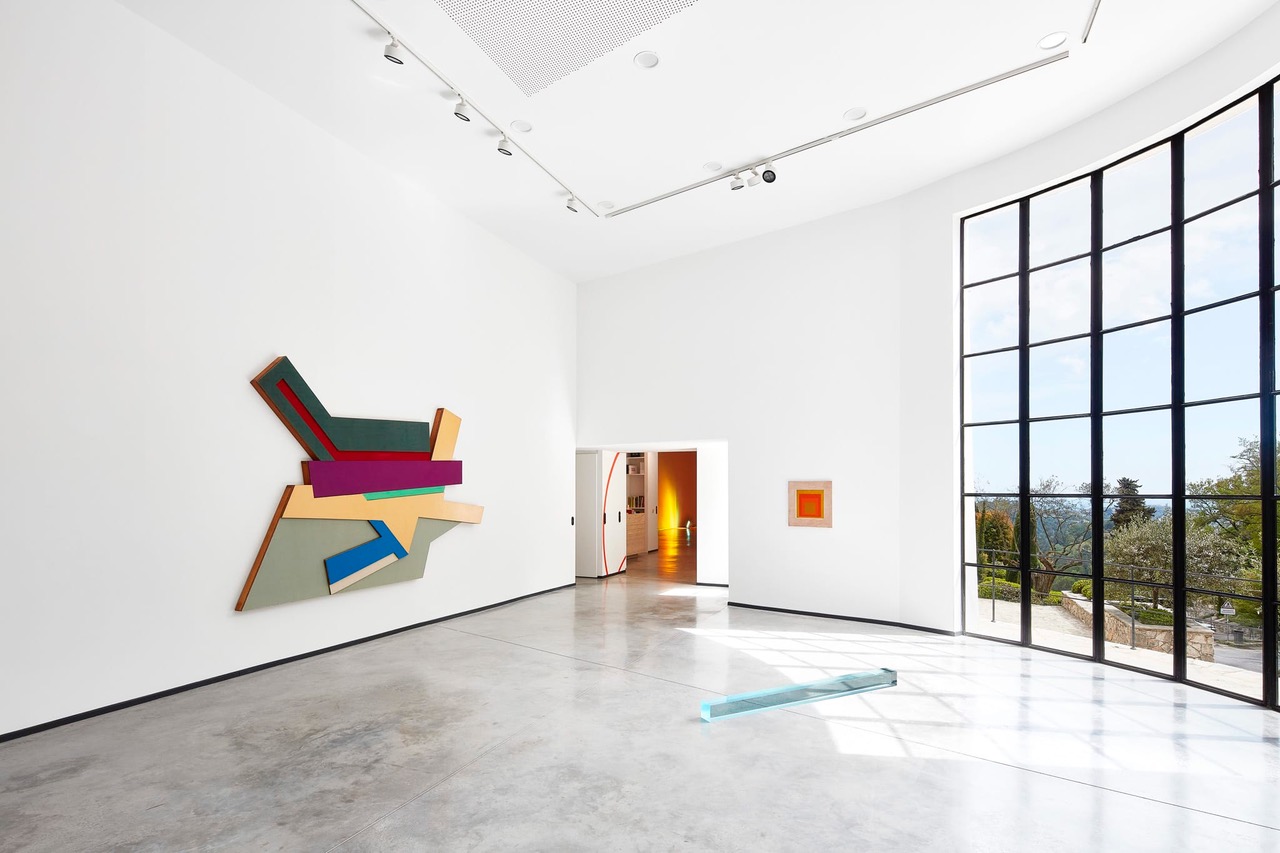
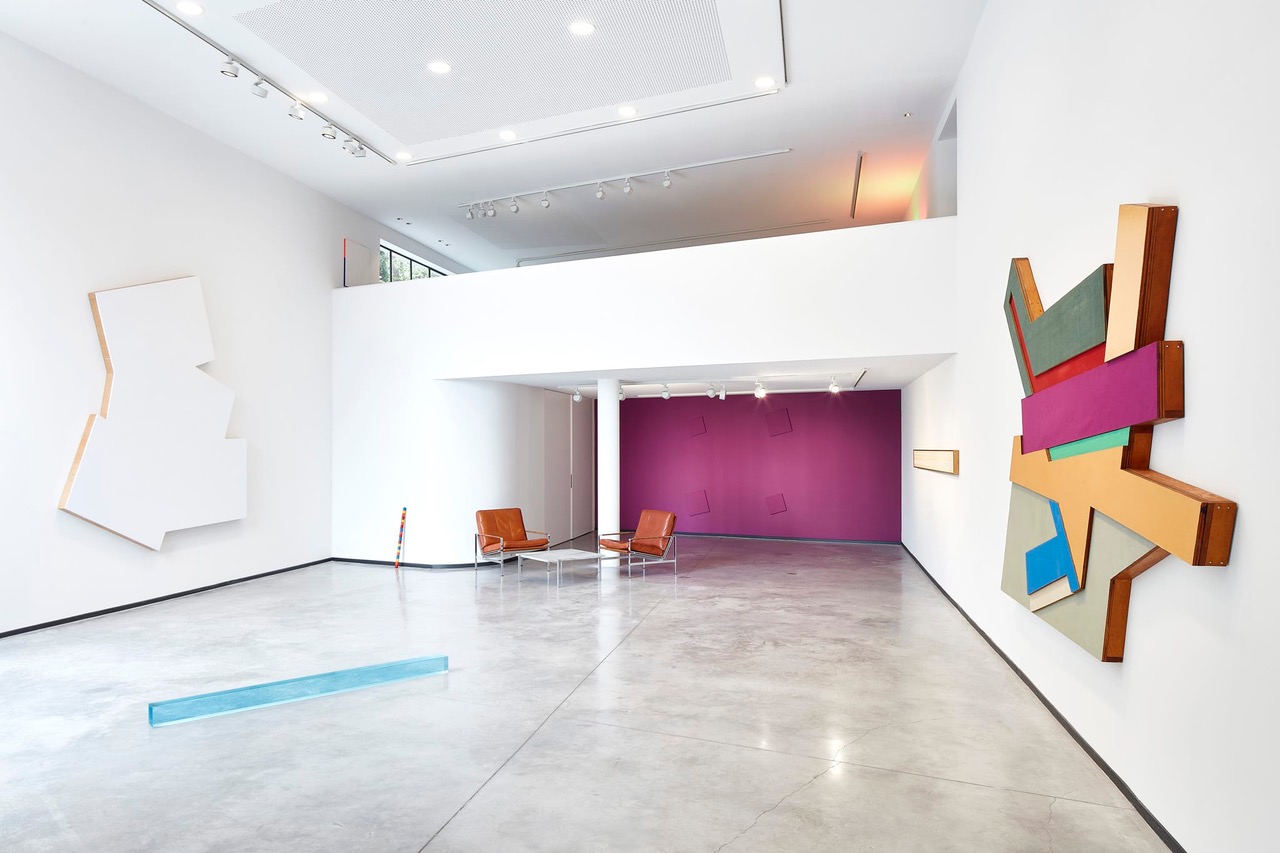
Plein Sud : The first time I asked you about your tastes, back in 2022, you told me that minimal and conceptual art had the ability to soothe your mind. Is this still the case?
Hubert Bonnet : I particularly appreciate the dialogues that minimal art sets up with architecture, and the possibilities it opens up for us to apprehend spaces differently. It realigns me, reminding me that everything in life is a question of perception. It allows me to sit back, dream and put things into perspective.
PS : With one foot in Brussels and the other in Saint-Paul-de-Vence, the CAB Foundation has expanded its reach from Belgium to France in just a few years. When did you start your collection, and what triggered it?
HB : The CAB Foundation opened in Brussels in 2012, but my collection dates back to 1999. The first work I acquired was at a fair, a work by Yan Pei Ming at Rodolphe Janssen. My first contact with minimal art was in New York, when I met the Vedovi family and art dealer Christophe van de Weghe. I acquired a small wall sculpture by Donald Judd.
PS : What kind of collector are you?
HB : I have a thoughtful, structured side, but I can also be very spontaneous. In the sense that if I like an artist's work, I can't pass it up. Nevertheless, for the past fifteen years, I've been trying to refocus my collection on historical pieces from the artistic movements of the 60s and 70s, which fascinate me: the conceptual and minimal art of Niele Toroni, Fred Sandback, Ad Reinhardt...
PS : Thanks to the artist residencies and exhibitions you organize at the CAB Foundation, you have established privileged contacts with a young generation of artists...
HB : What's your latest coup de foudre? Recently, I've been lucky enough to meet and acquire works by fantastic artists such as Morgane Tshimber, Nadia Guerroui, Bonolo Kavoula...
« Minimal art and the dialogues it sets up with architecture realign me by reminding me that everything in life is really just a question of perception. It allows me to settle down, dream and put things into perspective. »
PS : "The purpose of art is business" said Belgian artist Marcel Broodthaers. Do you agree with this statement, or do you collect for the love of it?
HB : As far as I'm concerned, it's certainly not just business. Art allows me to step back, to dream, to meet people... it's above all a passion! My two foundations in Brussels and Saint-Paul-de-Vence take up an enormous amount of my time and energy. Above all, I love what I do!
PS : Which artists do you like best?
HB : Sol Lewitt, Agnès Martin, Frank Stella, Donald Judd, Robert Morris, Jo Baer, Anne Truitt.
PS : After eleven years, can a collection take the road to autonomy, or is the relationship still necessarily fused with the person who built it?
HB : Nothing is set in stone and everything evolves, but it's intimately linked to my career. On the one hand, there are the historic pieces: Marthe Wéry, Takis, some surface support pieces: Daniel Dezeuze, Claude Viallat... Then emerging artists, depending on the projects, residencies and exhibitions we have (Andréas Johnen, Charlotte Vander Borght, Nicolas Chardon, Paul Czerlitzki, Meryem Bayram...).
PS : In Brussels, you've set up shop in an 800 m2 Art Deco warehouse. In Saint-Paul de Vence, it's a rehabilitated modernist house... As with the proponents of the minimal movement, whose work's relationship to space is crucial. What distinguishes the programming of CAB Bruxelles from that of Saint-Paul?
HB : In Brussels, we organize two exhibitions a year: one by a historical artist who belonged to these artistic movements, and the other is a dialogue between two generations of artists. This allows us to invite younger artists to create new works in situ.
PS : How do the works inhabit the garden at Saint-Paul-de-Vence?
HB : We've created a sculpture garden featuring artists inspired by the currents of minimal and conceptual art with a singular approach, such as Bernar Venet and Jonathan Monk. Several have a particular link with Belgium. Charlotte Van den Borght and Fabrice Samyn are Belgian, Peter Downsbrough has lived in Belgium for twenty-five years, Ricard Long, who exhibited at the Fondation in Brussels in 2017.
PS : A recent acquisition in the garden?
HB : We recently acquired a sculpture by artist and designer Arik Levy (our neighbor in Saint-Paul), made of glass and rope, which explores questions of balance.
« Meaning tends to shift from the object to its environment, and the viewer's role changes from contemplation to active perception of a work that shares its space. This fascinates me... »
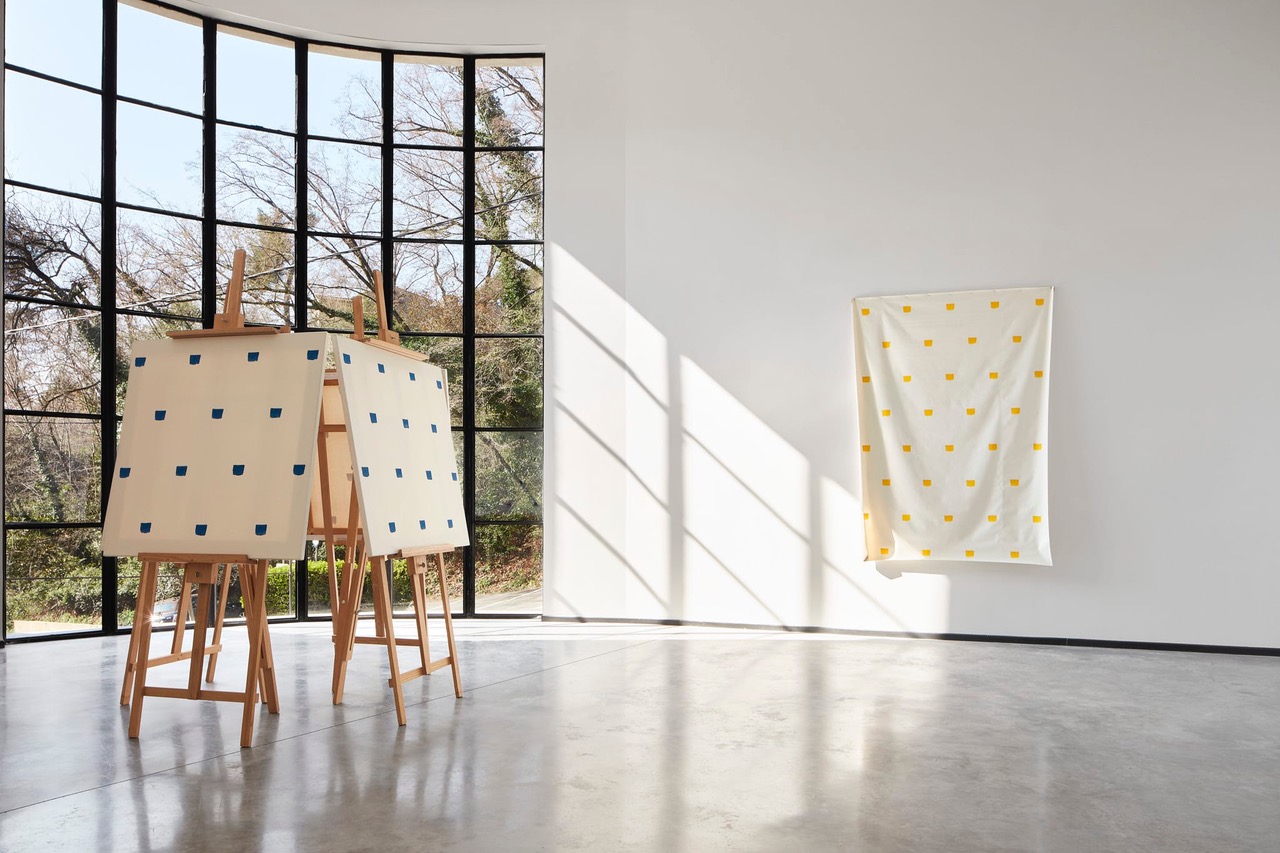
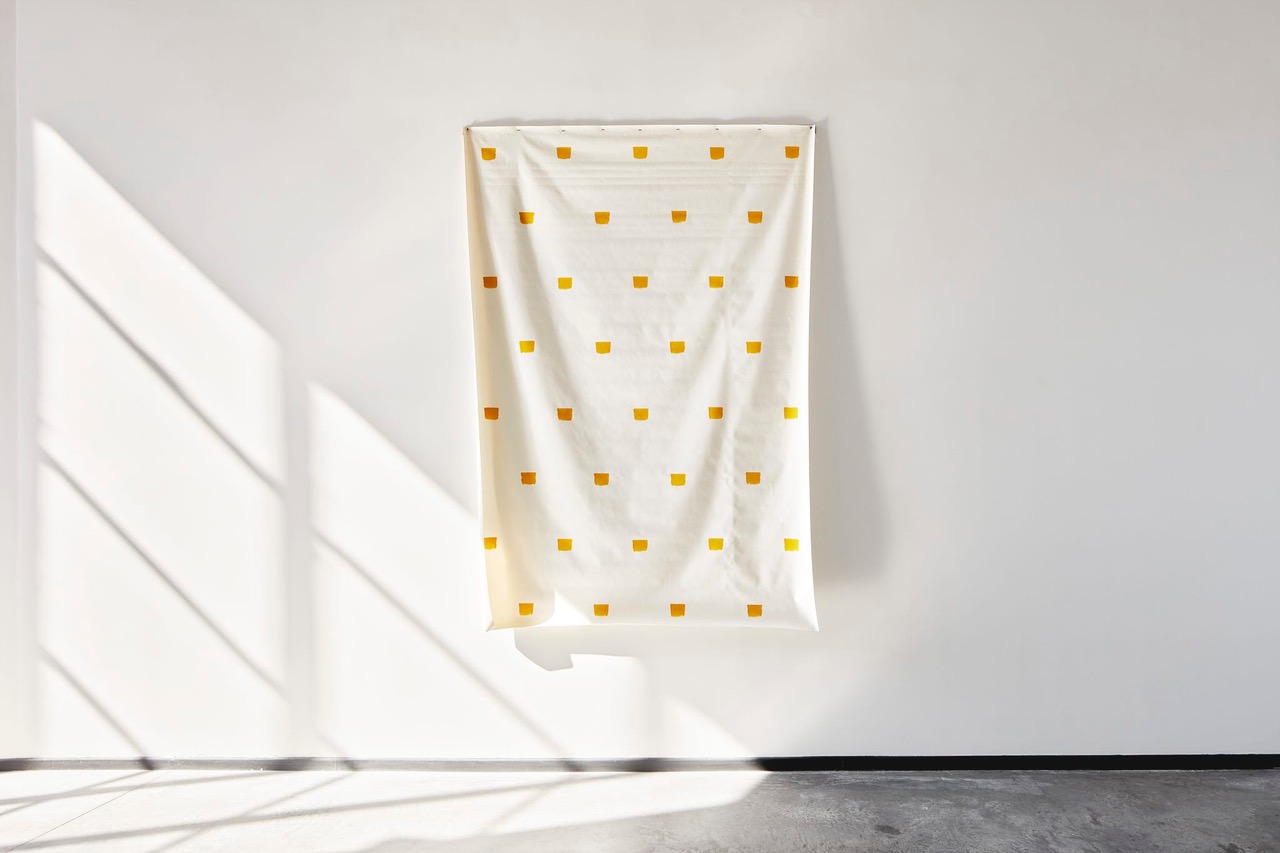
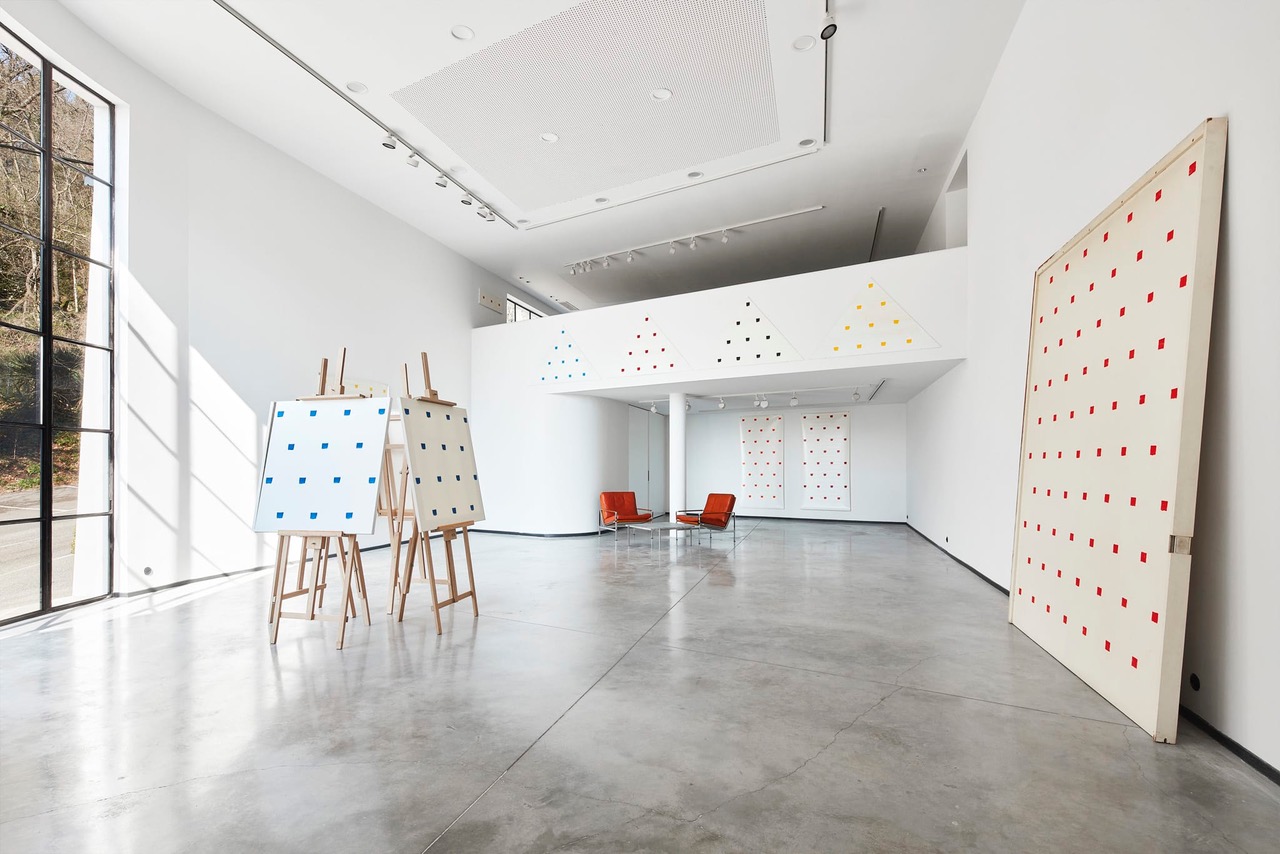
PS : At the Espace de Saint-Paul-de-Vence, you are currently exhibiting 864 n°50 brushprints by artist Niele Toroni, applied at regular 30cm intervals. Could you explain why you choose artists whose approach is often very radical?
HB : This radical simplicity is also a rejection of all illusionism. Meaning tends to shift from the object to its environment, and the viewer's role changes from contemplation to active perception of a work that shares its space. This fascinates me, but we also present artists who follow this radical approach, or others who question it.
PS : Bernard Marcadé is the curator of Niele Toroni's current exhibition at Saint-Paul; how do you work with the curators?
HB : We invite curators to bring a new perspective to the collection each time. Joost Declercq in 2021, Gregory Lang in 2022, Bernard Marcadé in 2023. This exhibition has required meticulous research, and celebrates friendship by bringing together lenders such as Françoise and Jean-Philippe Billarant, Jean Brolly and Marian Goodman, who have established a relationship of trust with Niele Toroni over many years. The exhibition's curator, Bernard Marcadé, is also a long-standing friend of the artist, having met at the Villa Arson in 1987.
PS : How is your artist residency program organized, and who are the next artists to be invited to Brussels and/or Saint-Paul?
HB : Residencies take place year-round in Brussels, and from November to March in Saint-Paul. We launched the residency program in spring 2018 as a continuation of the CAB Foundation's philanthropic mission with emerging artists. We felt the need to pass on a parallel program for future talent. National and international artists are invited to enter or challenge the traditions of minimal and conceptual art. For a period of up to two months, they can live and work in the CAB Foundation studios to produce or reflect on their practice. We also help them connect with the art scene in Brussels and St-Paul de Vence.
In Saint-Paul, starting in December, we'll be pleased to have Lawrence CALVER (1992, UK), known for his large-scale textile practice composed of a variety of reclaimed, recycled and historic fabrics.
PS : The CAB Foundation is a dynamic player on the Brussels art scene. How would you describe the current scene in relation to the French scene?
HB : I live in Switzerland but I'm Belgian, and Brussels is the capital of Europe. The Brussels cultural scene has entered a kind of creative renaissance in recent years. Gallerists, creators, collectors, designers and artists from all horizons are taking over the Belgian capital. Brussels is open to artists, gallerists and collectors who appreciate the city's balance between chaos and calm, energy and relaxation.
PS : Has your membership of the Plein Sud network enabled you to forge links with other institutions in the South of France?
HB : We're very proud to belong to the Réseau Plein Sud and to be associated with all its fine institutions. In 2022, we have invited the artist Ann Veronica Janssens (b. 1956, Folkestone, UK) for a double exhibition project at the Collection Lambert (Avignon) and the CAB Foundation (Saint-Paul-de-Vence), curated by Stéphane Ibars (Artistic Director of the Fondation Lambert). The Network has also enabled us to forge a special bond with the Villa Noailles, with which we have established a three-year partnership. As part of its centenary celebrations, we are hosting an exhibition as part of the Villa Noailles' Hors les murs program, devoted to the rediscovery work carried out by the French designer Andrée Putman (1925 - 2013), who passed away ten years ago. The exhibition is curated by Eléa Le Gangneux. We look forward to many more collaborations in the future!
PS : If you were to design your collection, what would it look like?
HB : To a large square that encompasses many things.
PS : If your collection had a musicality, a rhythm?
HB : Gymnopedie Number 1, for its gentle, steady rhythm.
PS : Cab Saint-Paul is also a place of hospitality, with a restaurant furnished by Charlotte Perriand and a dismantled house by Jean Prouvé available as a bed and breakfast... Art and life seem to go hand in hand?
HB : Yes, here art, design and life come together in harmony. Our aim was to make people feel like guests in a collector's home. A warm place for a timeless experience.
